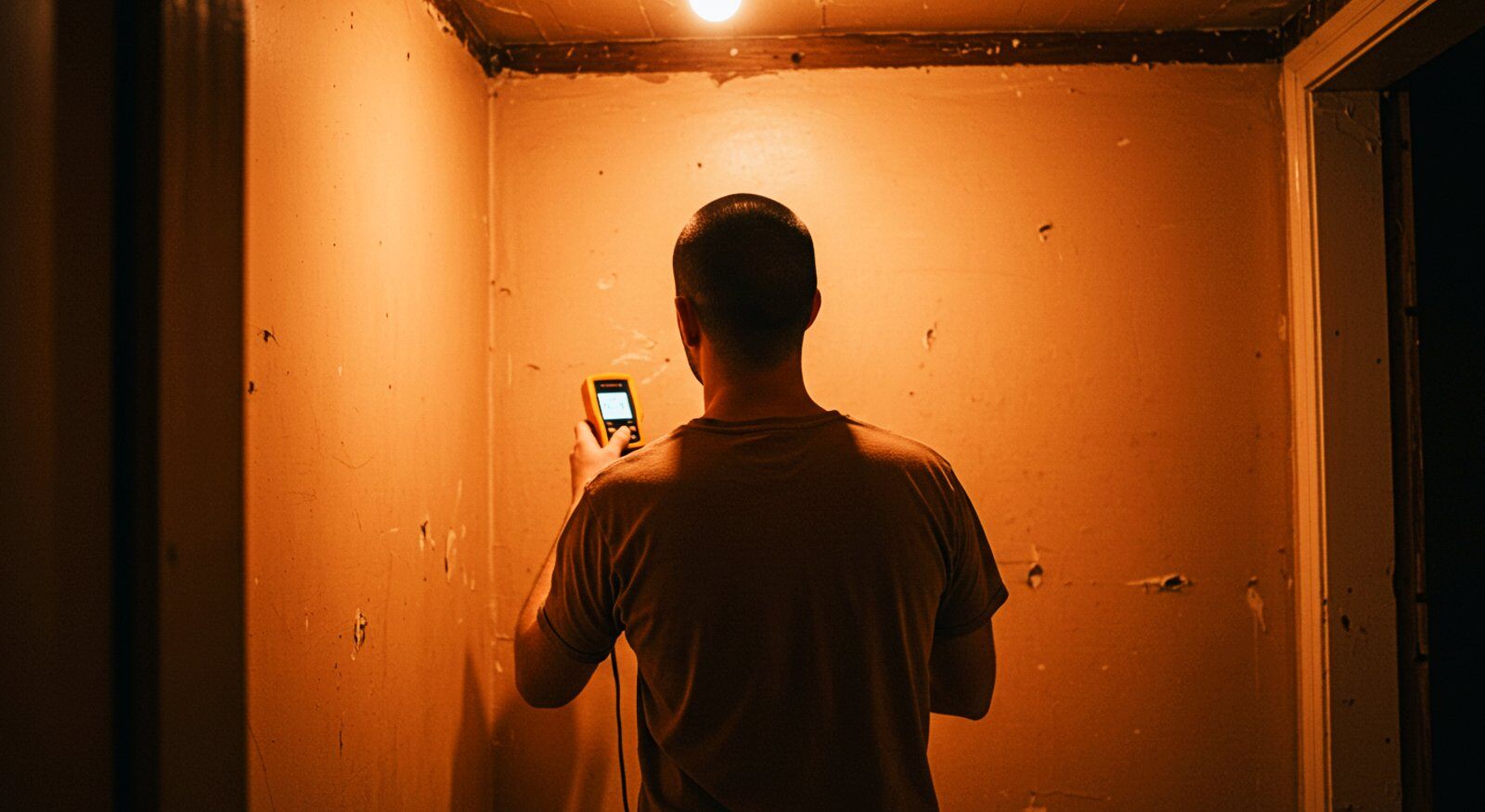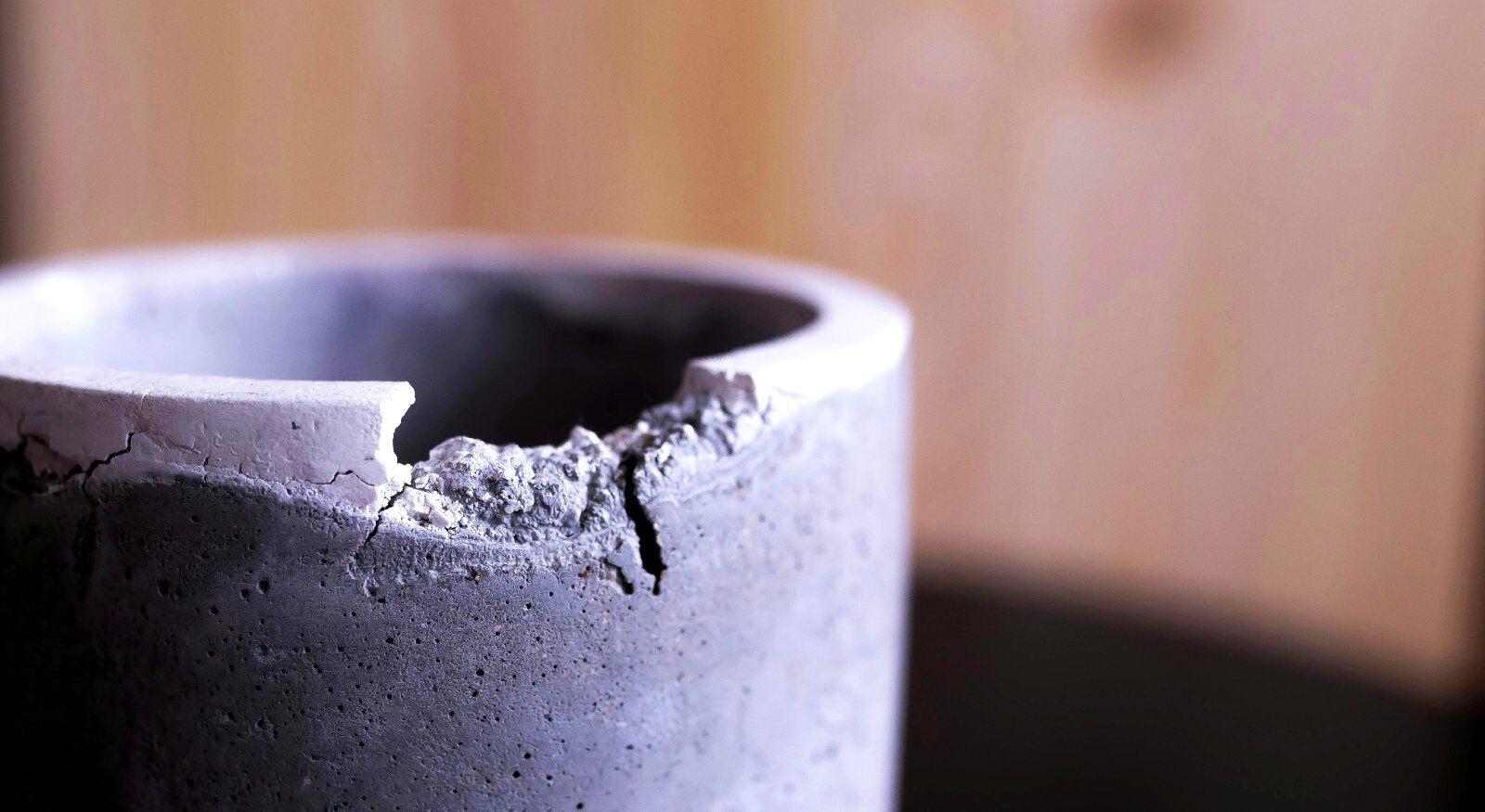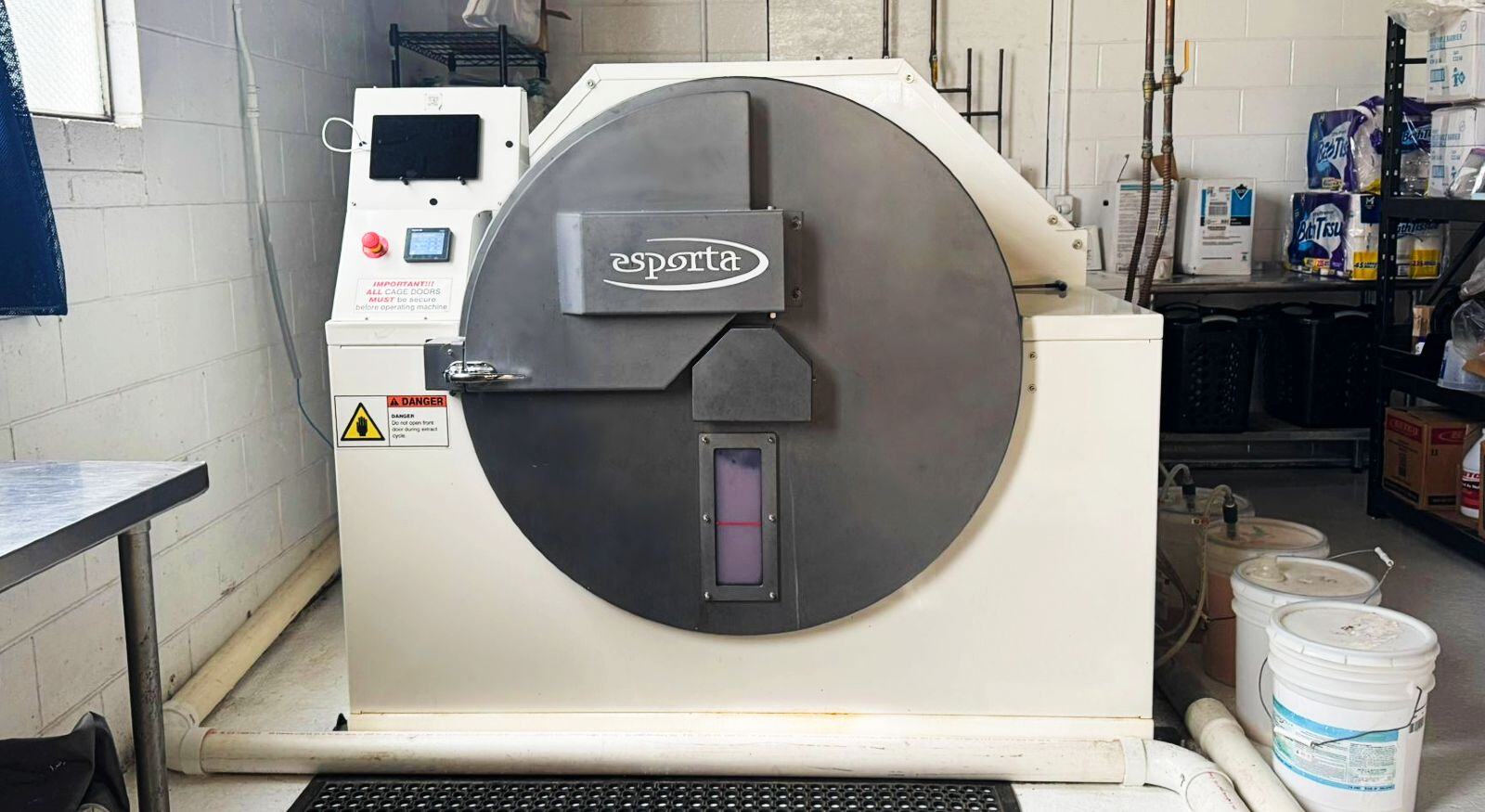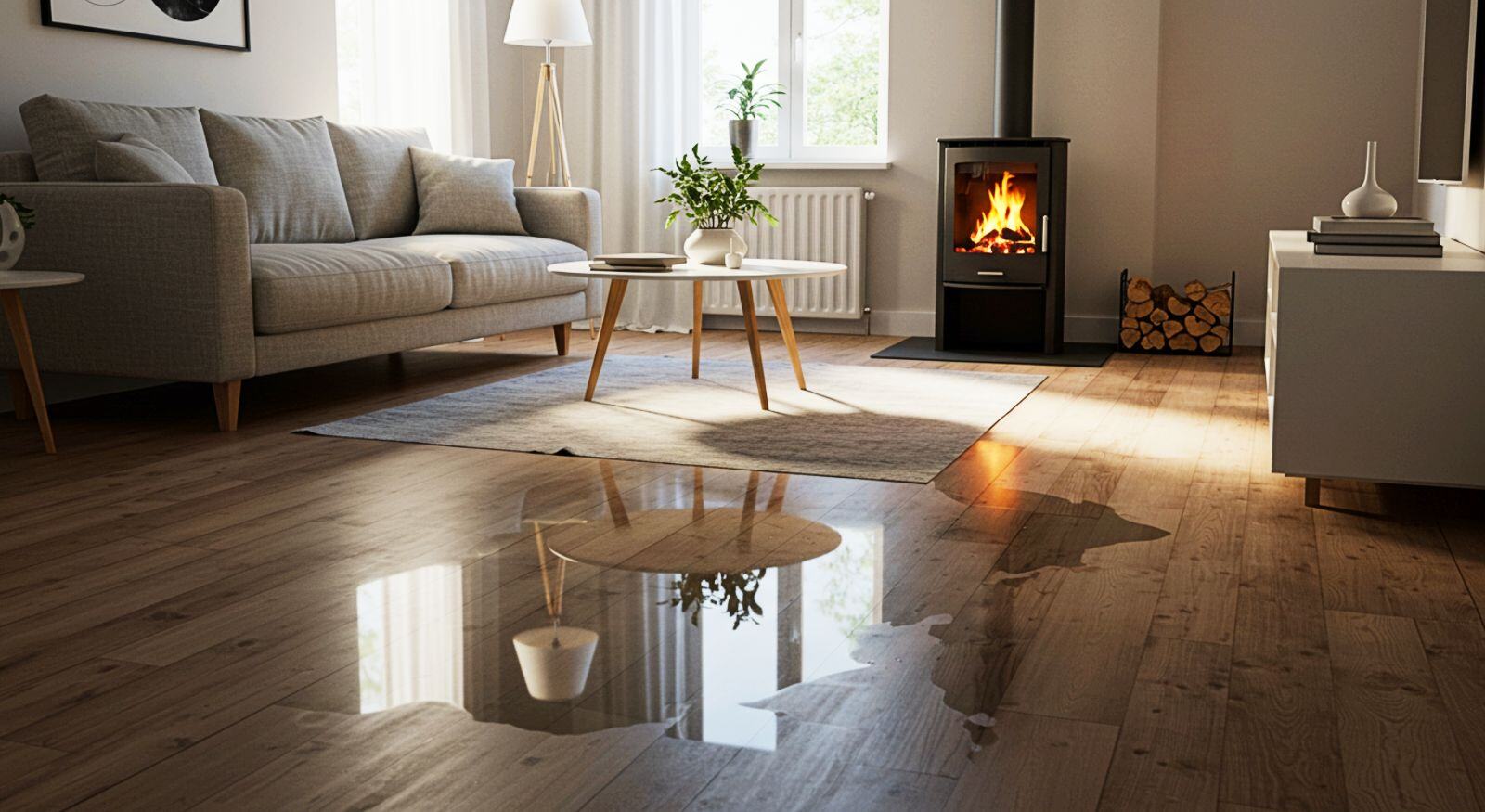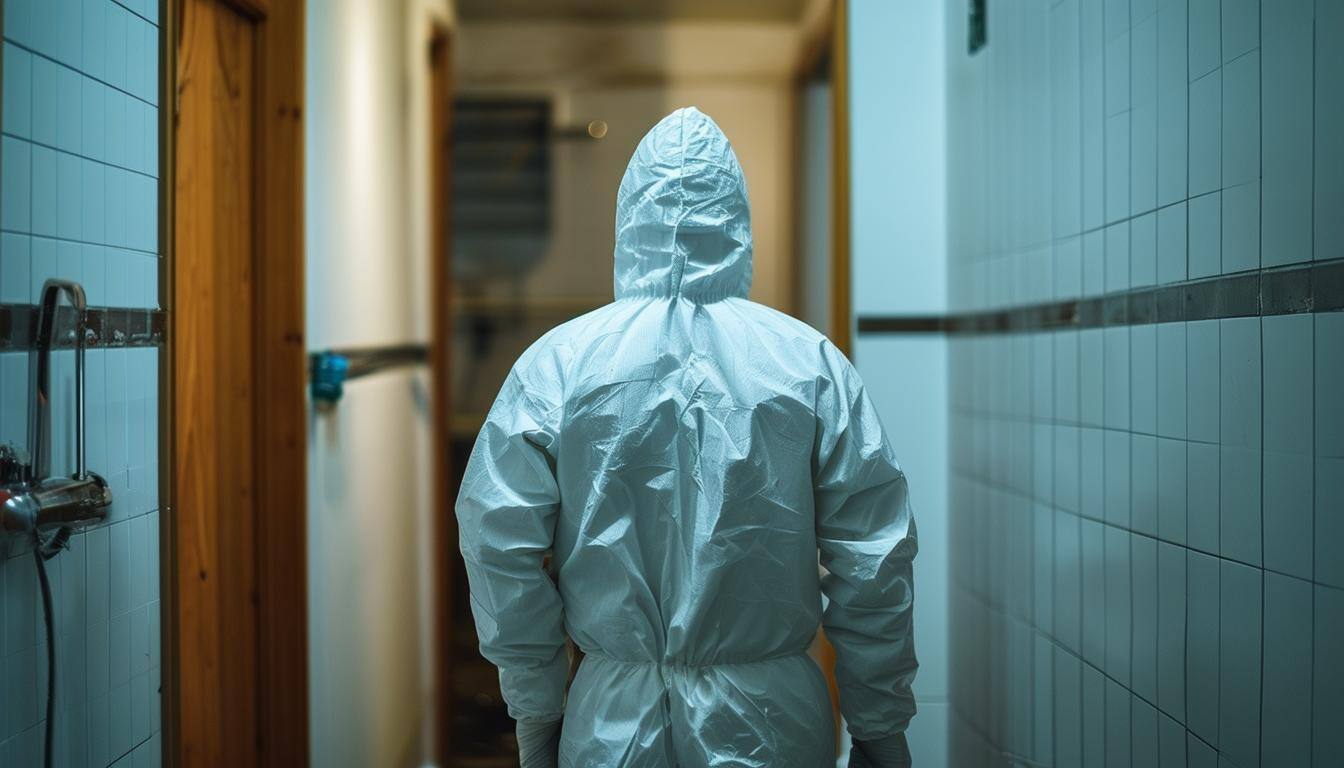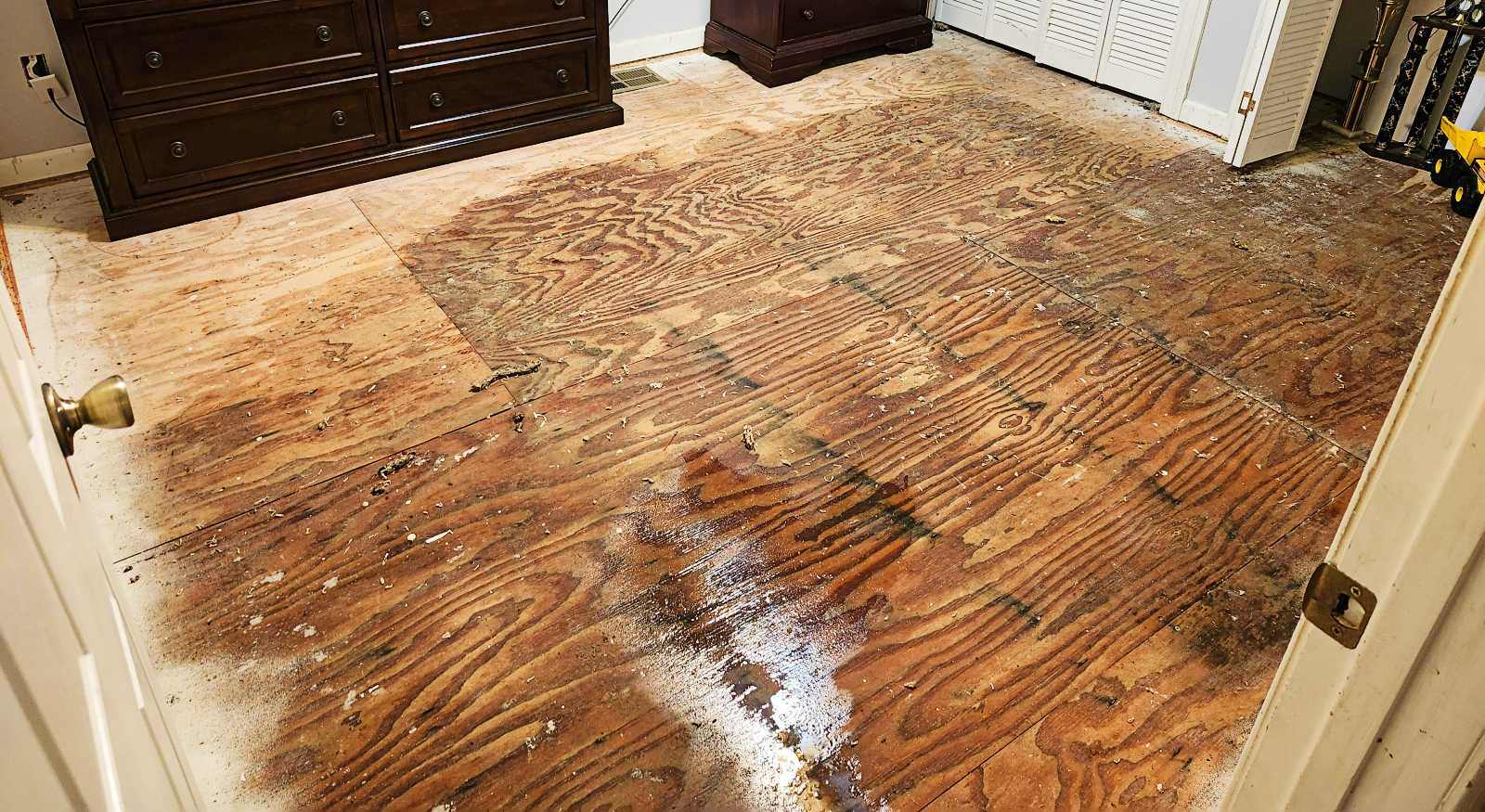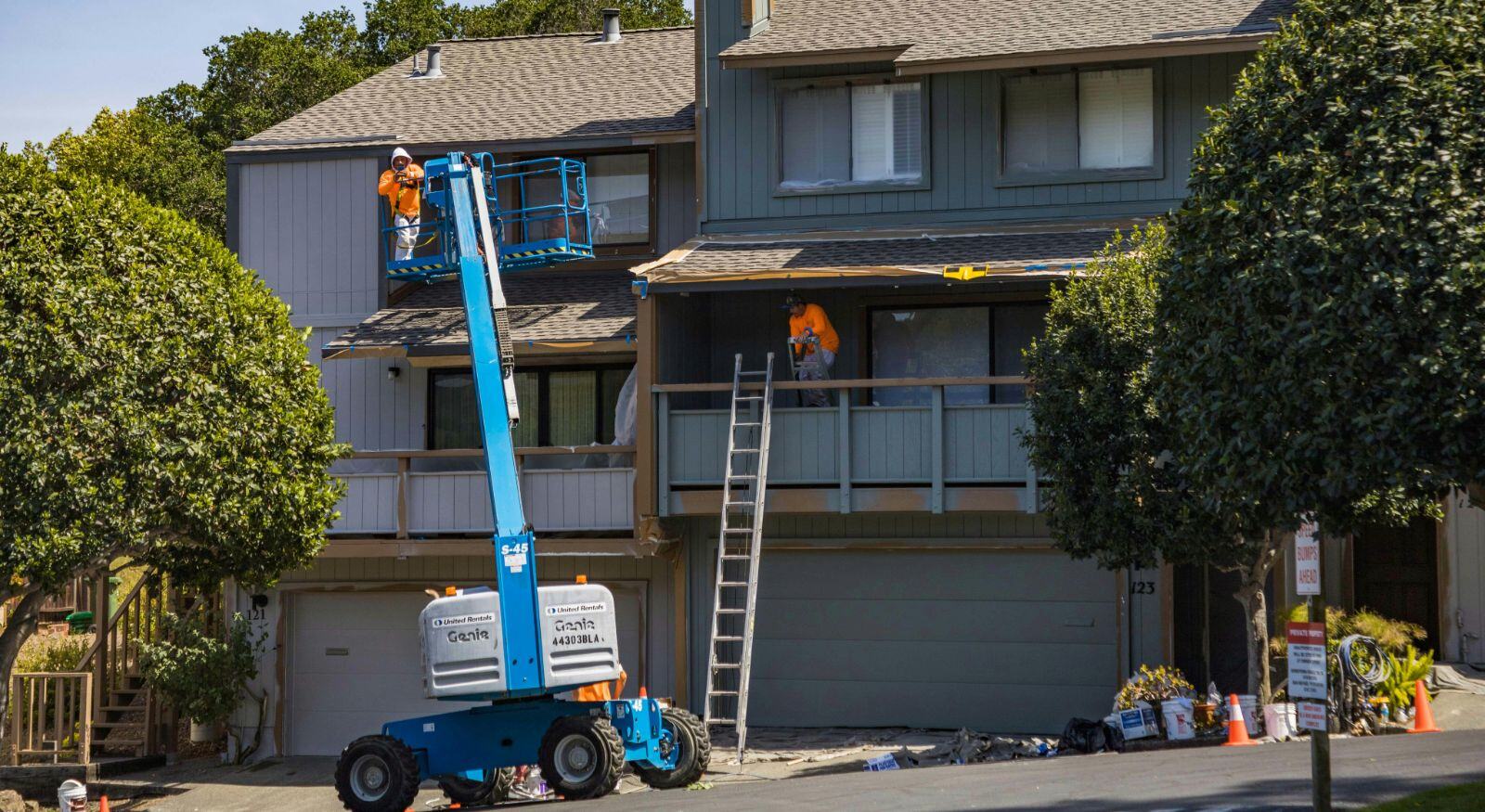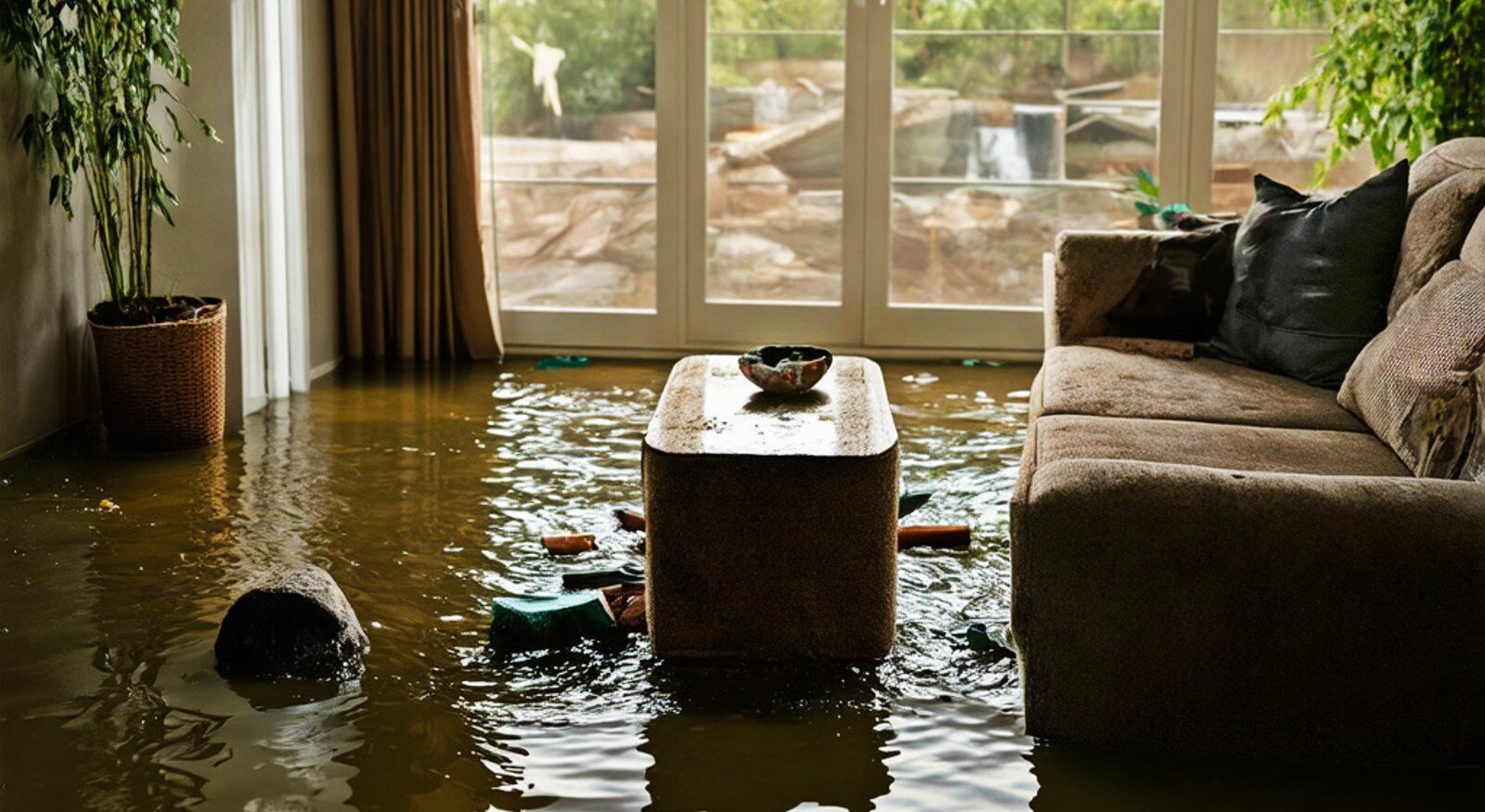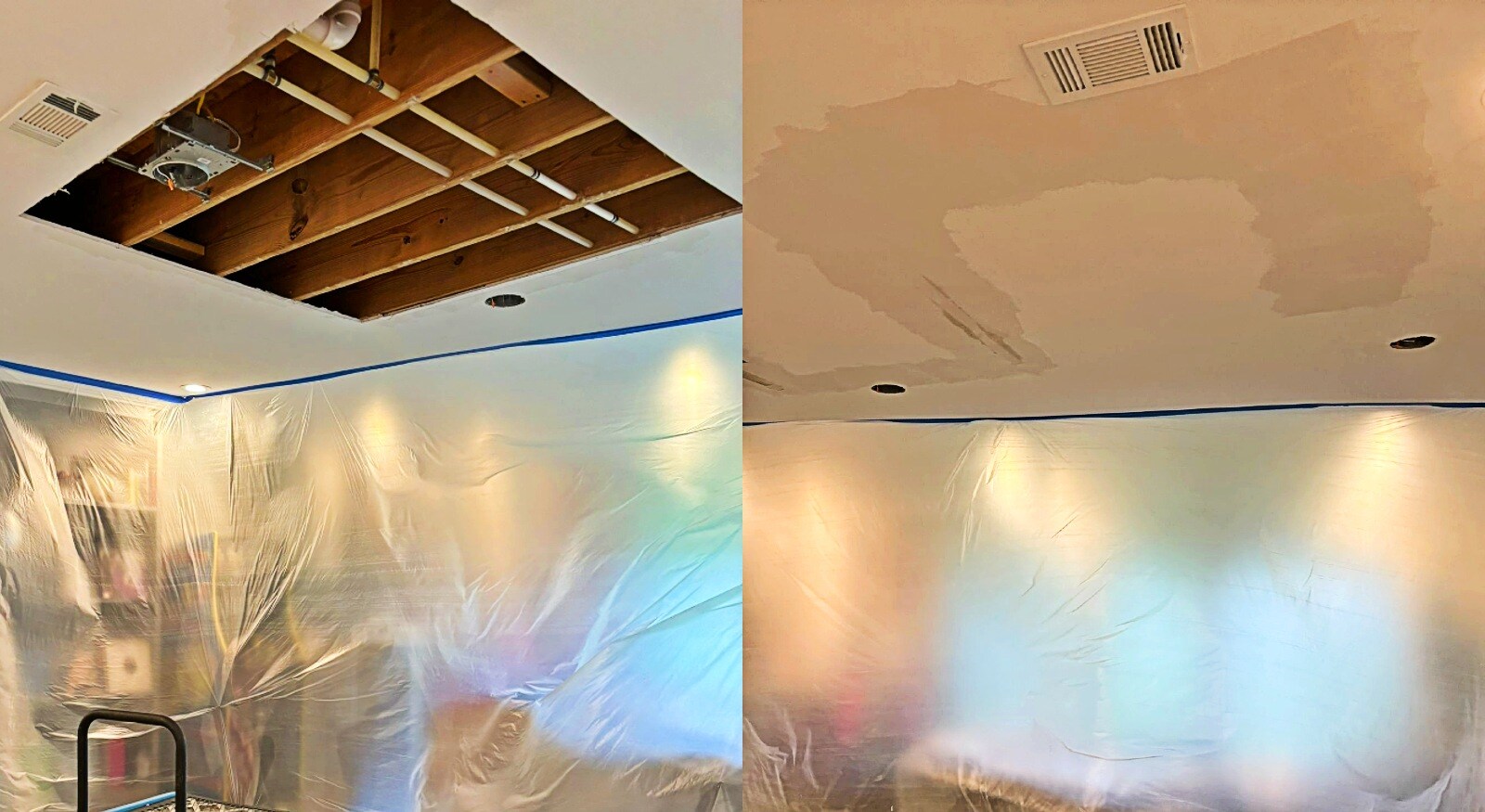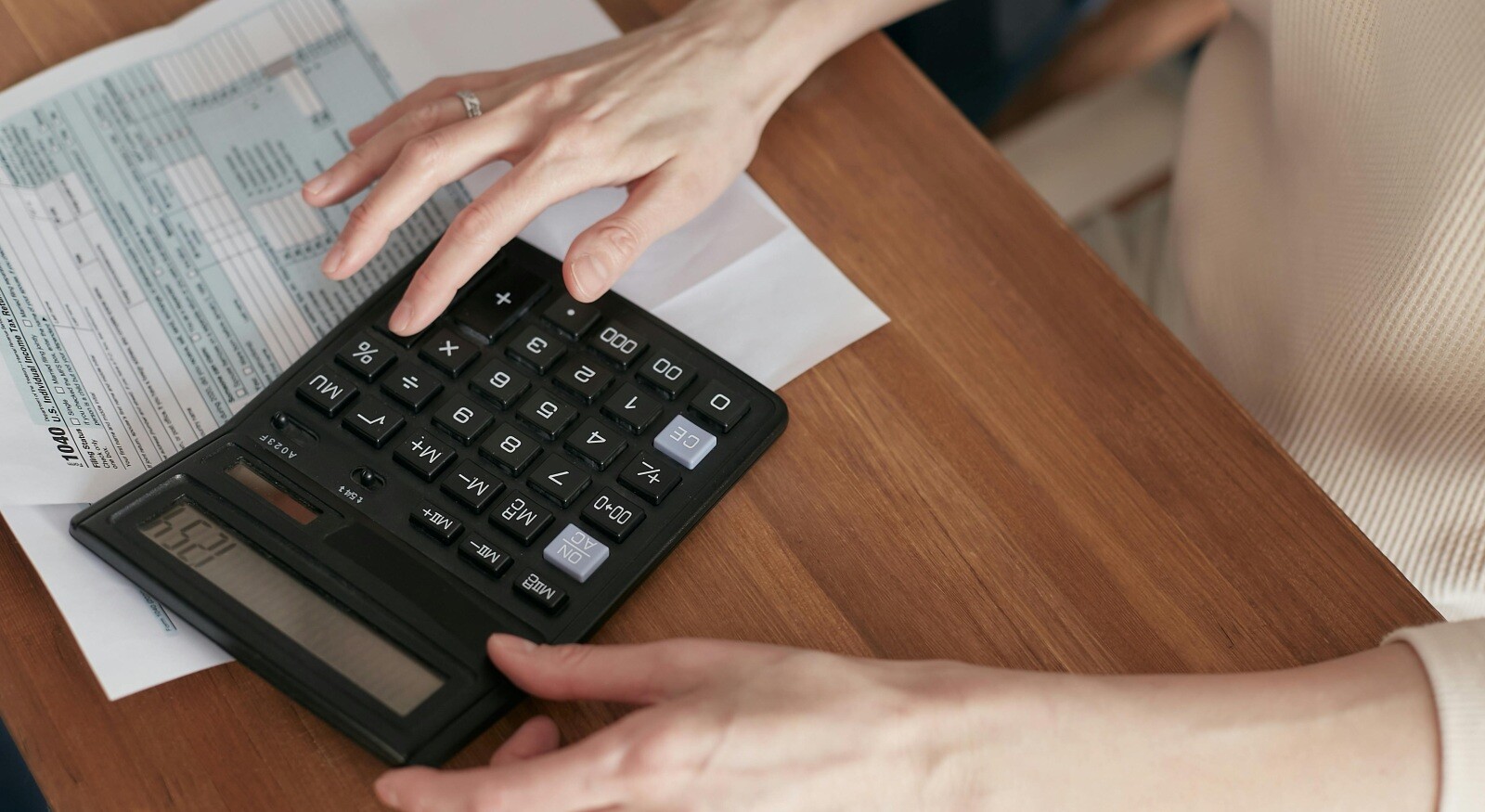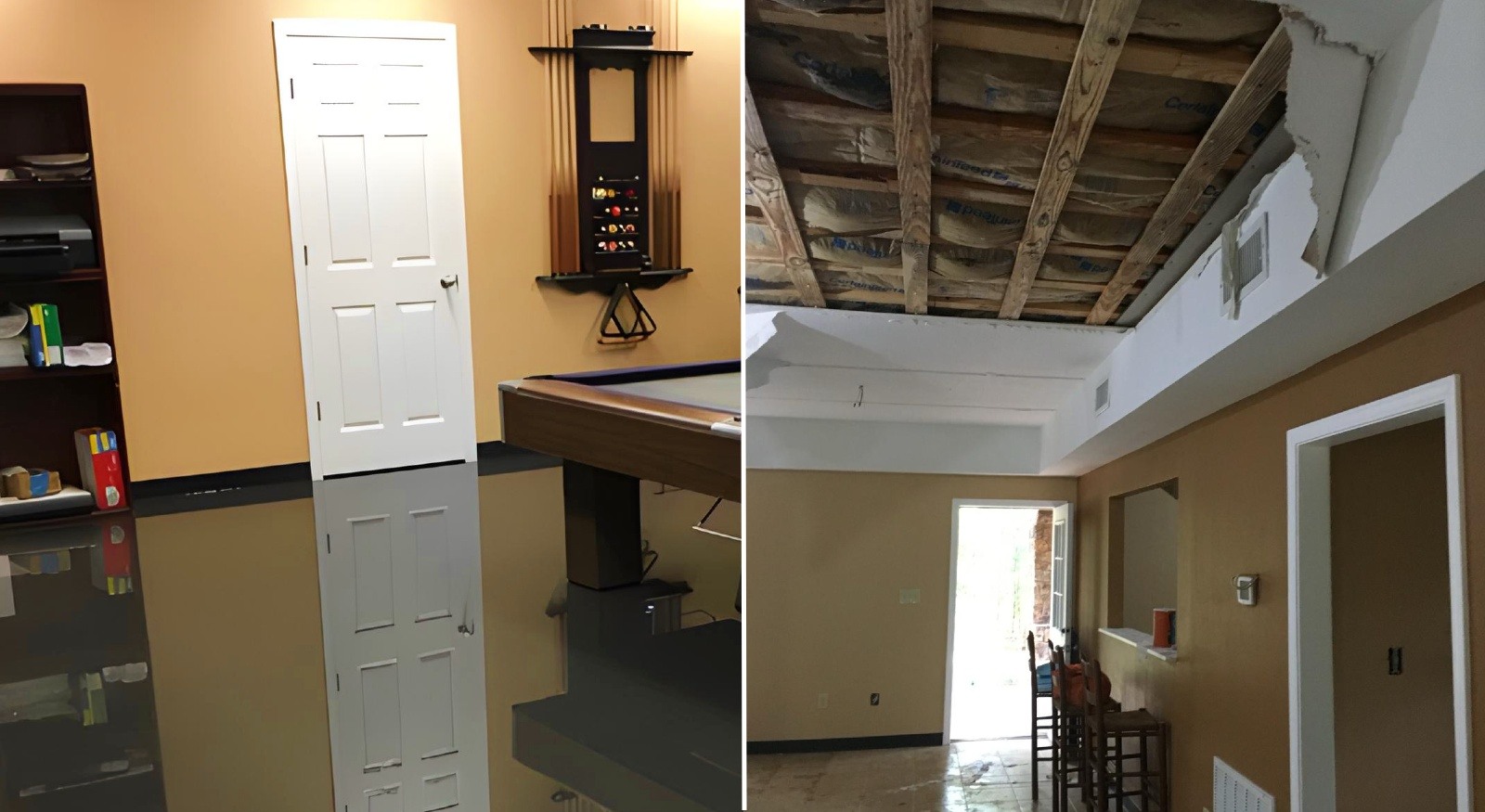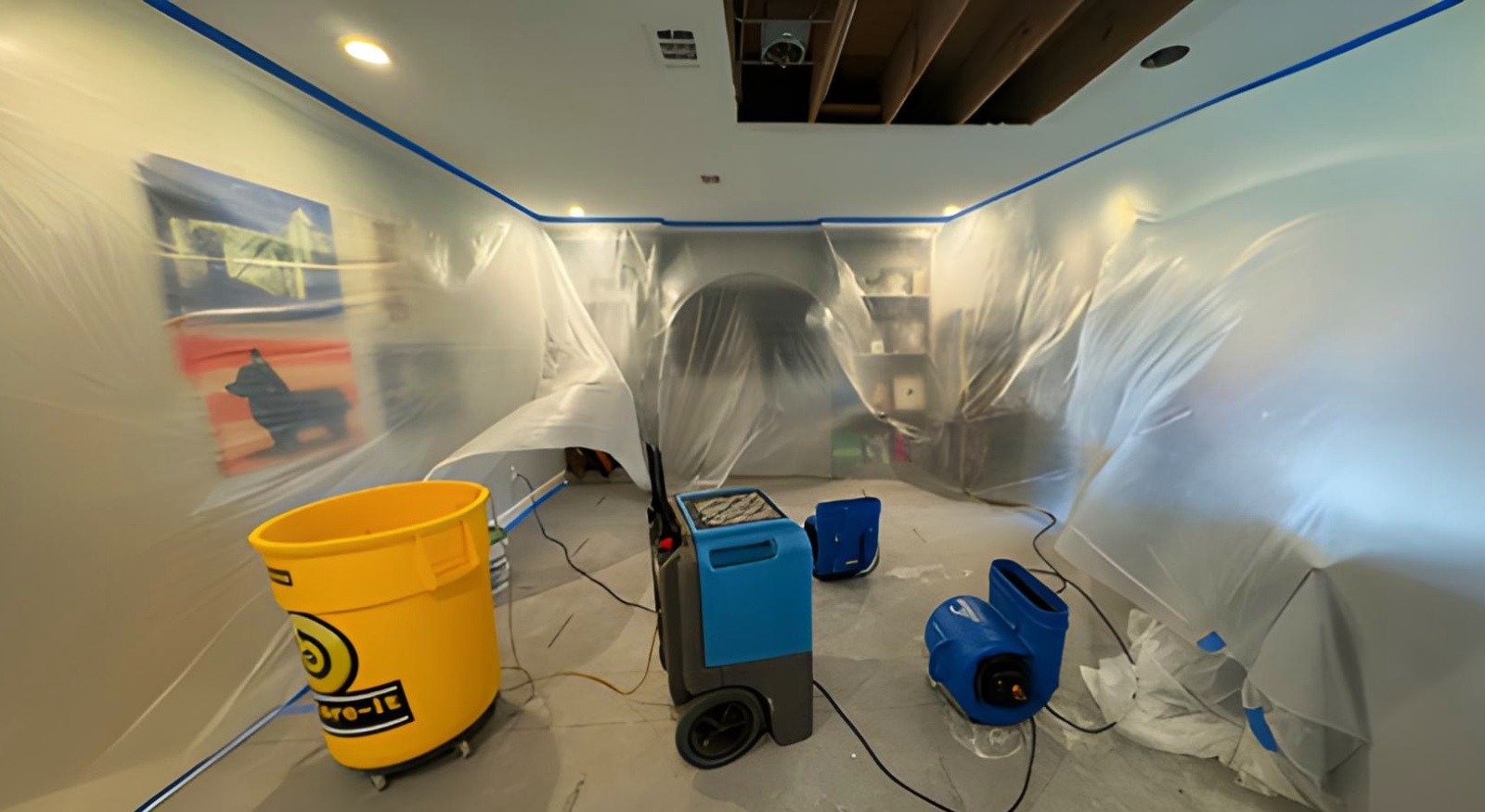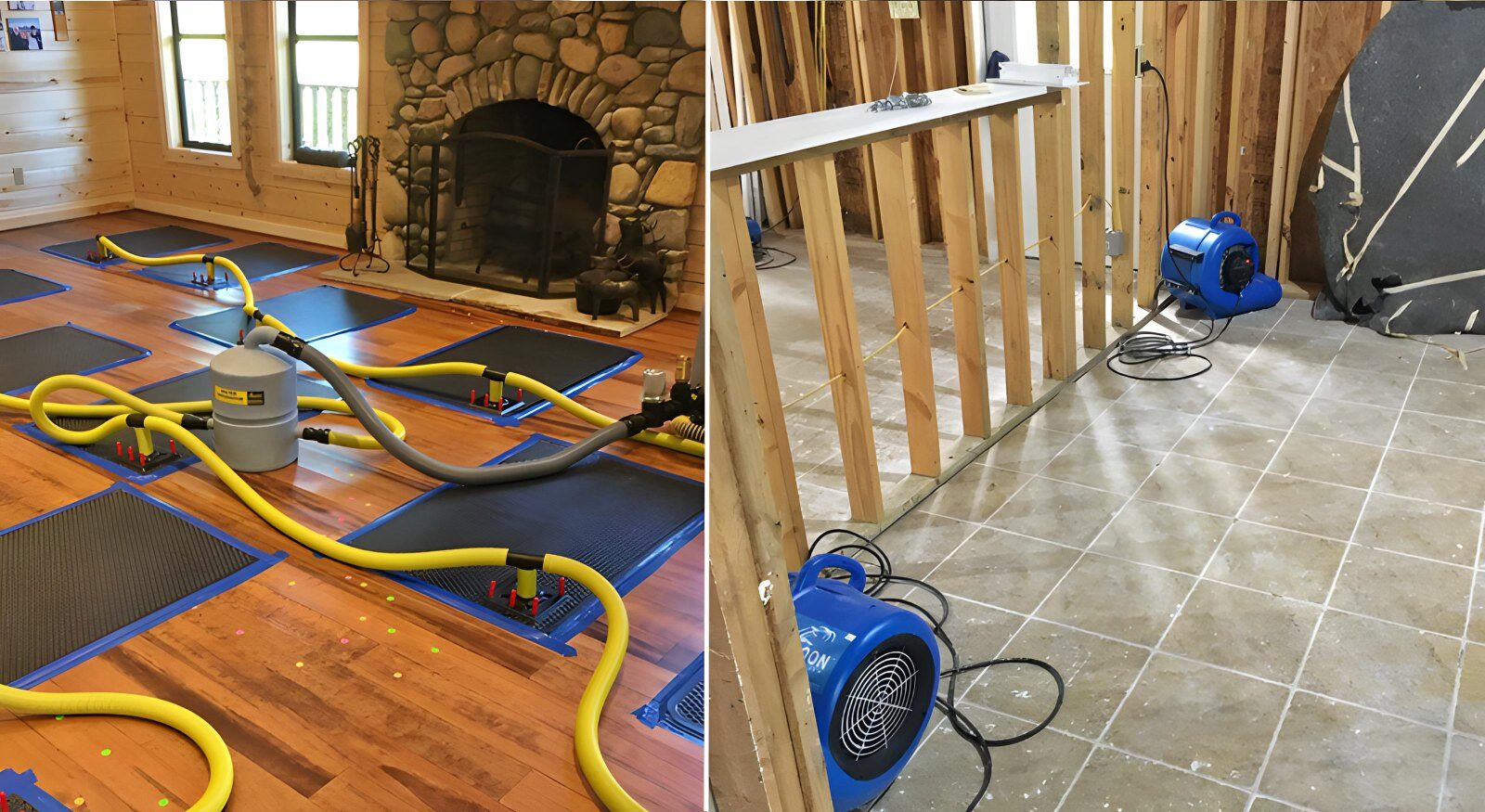Water Damage Restoration: Why We May Need to Remove Your Floor
May 7th, 2025
3 min read
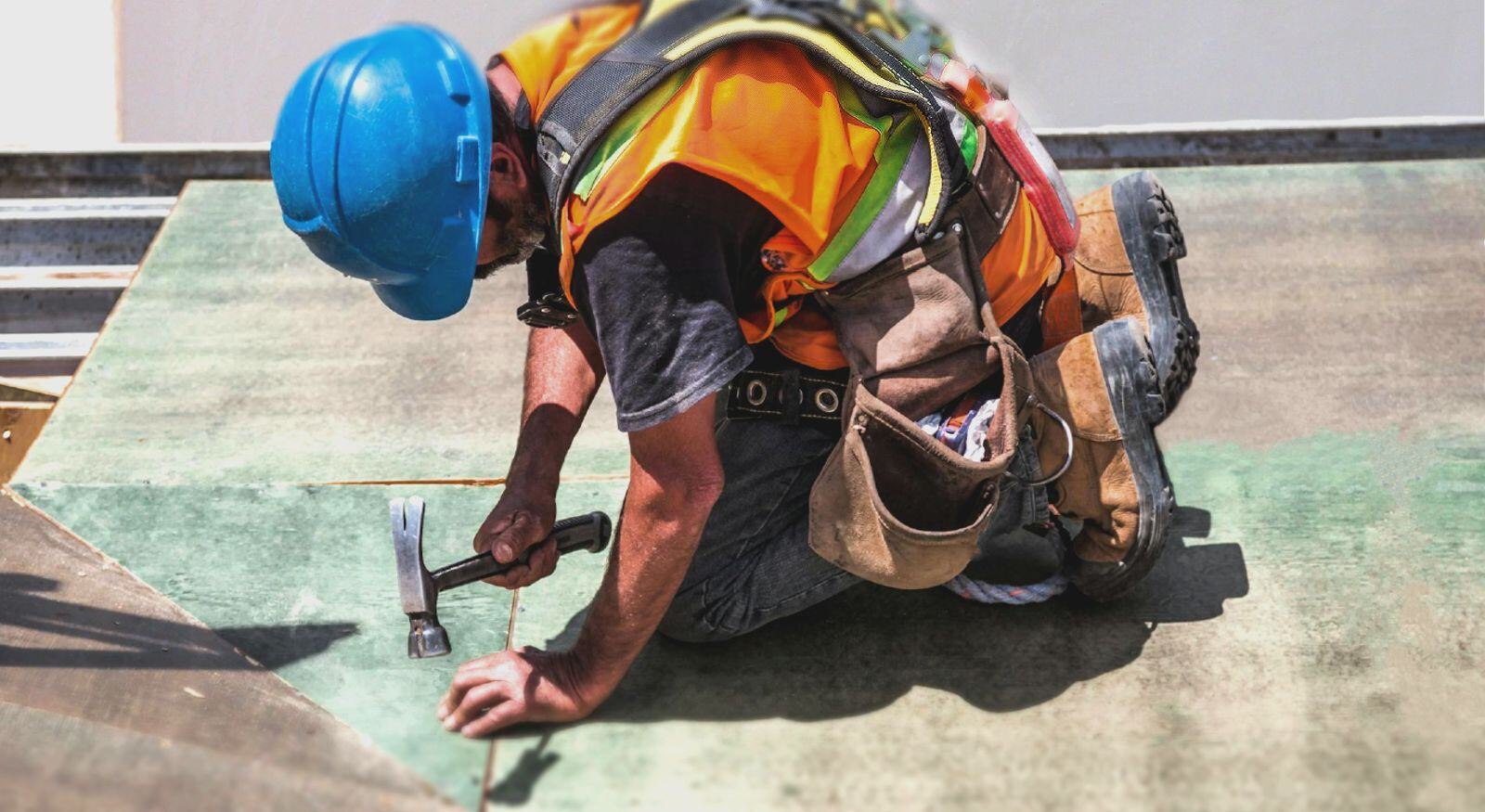
Finding a water leak in your home can be really stressful! On top of all the cleaning, your flooring might also be damaged beyond repair. So, what can a professional restoration company do to help in this situation? We're here to answer this question!
For over ten years, we've proudly served our community in Southern Arkansas and witnessed the challenges that come with water damage. Whether it's a tiny leak or a major sewage issue, we've encountered a bit of everything. To share our knowledge and support our wonderful readers, we'll dive into the topic of flooring demolition.
In this article, we will explain why we may need to remove your flooring, in what scenarios it is required, and provide information on the restoration process. So, let's get started!
Why Your Floor Needs to Go
You might think, "Why can't you just dry the floor?" Well, sometimes it's not that simple. Water can be sneaky, and it can cause damage that's not immediately visible. Here are some common reasons why floor removal might be necessary:
- Subfloor Saturation: Your subfloor is the layer beneath your finished flooring (like hardwood, tile, or carpet). It's often made of wood, which is porous, meaning it absorbs water. The subfloor can warp, buckle, or even rot if it becomes soaked. Removing the finished flooring allows us to access and properly dry the subfloor. It's like taking off the lid of a pot to let the steam escape—you need to get to the source of the problem.
- Mold Growth: Mold thrives in damp environments. If water has been trapped under your flooring for a while, mold can start to grow. Removing the flooring allows us to inspect for mold, remove any contaminated materials, and prevent further mold growth. Think of it like dealing with weeds – you must remove the roots to stop them from coming back.
- Contamination: In cases of sewage backups or other contaminated water sources, the flooring will need to be removed to ensure proper sanitation. In these scenarios, it's impossible to disinfect the material, so the best solution is to remove it altogether. The same has to be done with any other building material that came in contact with the contaminated water.
- Structural Damage: In severe cases, water damage can compromise the floor's structural integrity. This might involve damage to floor joists or other supporting structures. Removing the flooring allows us to assess the damage and make necessary repairs.
Types of Flooring Affected
Not all flooring is the same. Some types are more susceptible to water damage than others. Here are some common types that might require removal during water damage restoration:
- Carpet: Carpets can really soak up moisture, but don't worry—they can dry out, especially if the water was clean and the structure wasn't harmed. However, if the carpet came into contact with highly contaminated water or the carpet pad was compromised, it's best to remove it for safety.
- Hardwood Flooring: When exposed to excessive moisture, hardwood can warp, buckle, or cup—like a wooden board bending when it gets wet. When that happens, no amount of drying will return it to its original state.
- Laminate Flooring: Laminate is also susceptible to water damage, especially at the seams. It can swell and become damaged.
- Tile Flooring: Believe it or not, you may need to remove it. Yes, tile itself is water-resistant, but in rare cases, water can damage the grout and subfloor underneath.
What to Expect From The Removal Process
So it has come to this. Your flooring is beyond repair and needs to be removed and replaced. But don't worry, here is a general overview of what you can expect:
- Assessment: The restoration team will carefully assess the affected area and determine the extent of the removal needed.
- Preparation: They will take steps to protect surrounding areas and minimize dust and debris.
- Removal: The flooring will be carefully removed using specialized tools. Additional building materials, such as baseboards and drywall, might also need to be removed.
- Drying: The subfloor and surrounding areas will be dried using air movers and dehumidifiers.
- Sanitization: The area will be cleaned and sanitized to prevent mold growth.
What to Expect After the Removal
Now, once the flooring is removed, the restoration process continues. Or did you think the technicians would just up and leave you with a big hole where your floor was? Of course not! Here is what they do next:
- Repairs: Any necessary repairs to the subfloor or supporting structures will be made to ensure structural stability.
- Replacement: New flooring will be installed to restore your home to its pre-damage condition.
Addressing Concerns: It's Not as Bad as It Seems
We know that removing your floors can feel a bit overwhelming, but just think about how it's all for the benefit of your lovely home! Taking this important step paves the way for a thorough and effective restoration. It's like going to the dentist—it might not be the most fun experience, but it's important for your overall health. Here are some things to keep in mind:
- Professionals Minimize Disruption: Restoration professionals take steps to minimize disruption and protect your belongings.
- It's a Necessary Step: Floor removal is often essential to prevent further damage and ensure a complete restoration.
- Your Home Will Be Restored: The goal is to restore your home to its pre-damage condition as quickly and efficiently as possible.
Now that you've got a better sense of why we sometimes need to remove flooring during restoration, you have a clearer understanding of the process when things go beyond just drying. If the idea of floor removal during water damage restoration makes you feel a bit anxious, don't worry; you're in good company! At Restore-It, we're here to simplify these procedures for you, offering clarity and a sense of calm during a stressful time. Reach out to Restore-It for expert water damage restoration. Our team is ready to get your home back to normal!
Topics:




